12/12/2019
Enterprise Production Management and digitalisation of upper level automation
With the industrial Internet of Things (IoT), the management of production and related production infrastructure are moving to a new level. Digital service products are becoming more common and will provide owners and users with a higher degree of control and more accurate product development information.
Nowadays, it is technically quite easy to gather information from production processes. In some cases, information bloating has even stopped development. Sometimes, it is necessary to ask to what and how the information should be applied. Knowledge should not be added for the sake of knowledge, but to benefit the owners and users of the knowledge.
Standardised and well-established content and functionalities make production easier. There is no need to re-invent the wheel. Traditionally, system and software vendors have sought to standardise data processing. Copying previously developed data processing systems is profitable for the vendor, because high-volume products are inexpensive for end users and the system has good lifecycle control.
However, well-established solutions are not enough in the long run. To produce a competitive advantage in industrial production, Manufacturing Execution System (MES) applications must also have unique features. MES applications must also take the specific characteristics of the enterprise’s production into account.
Knowledge is not enough, understanding is not enough – progress and success require greater levels of intelligence and wisdom. Therefore, MES-level applications that utilise standardised modularity must be flexible and upgradeable to meet future change needs.
Traditionally, IT departments in industry have kept systems for 10 or even more than 20 years, until it becomes necessary to switch to a new one, often for purely technological reasons. For example, due to cost reasons, the system may not have been better adapted to changing circumstances and operating practices.
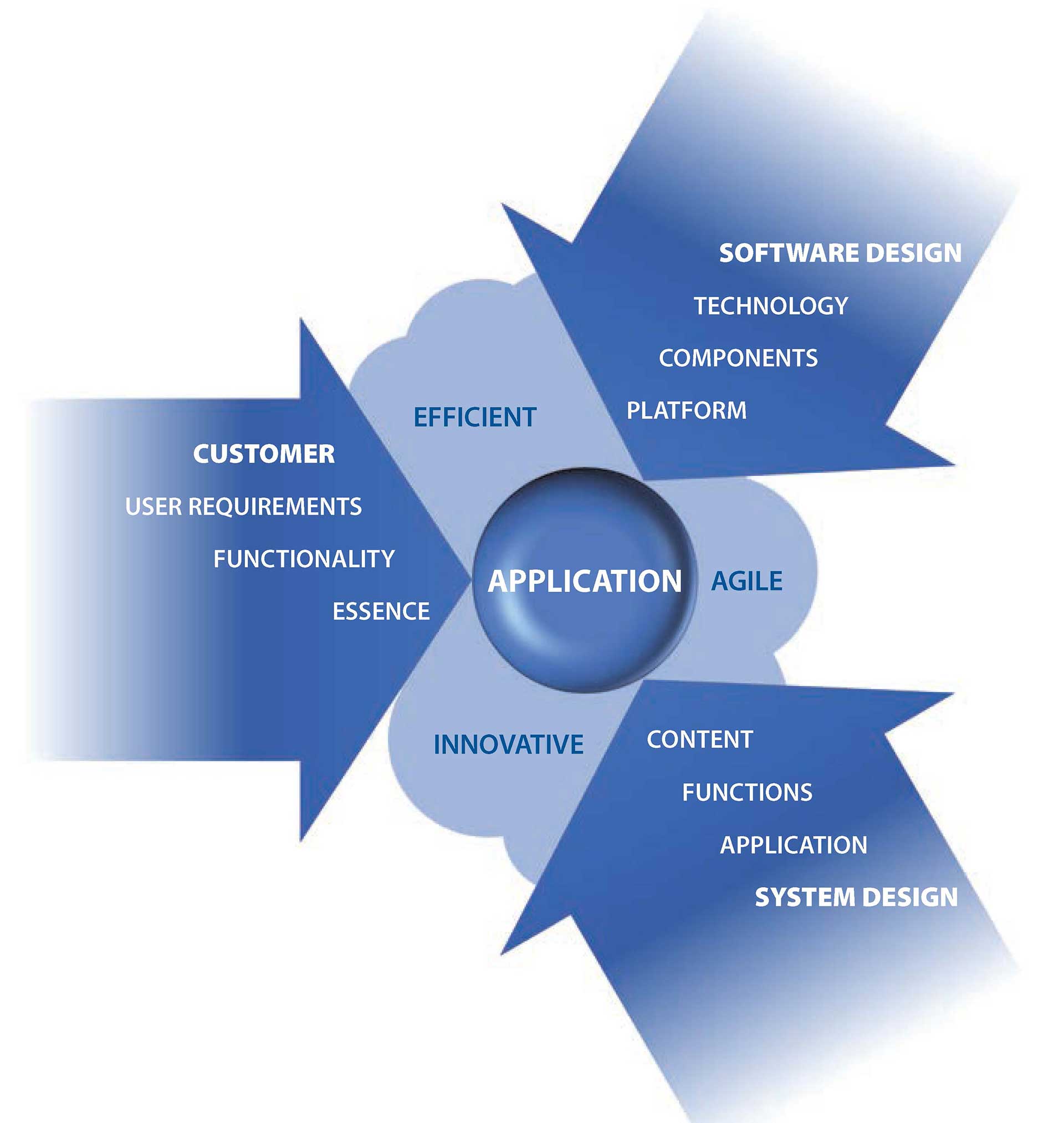
Figure 1. Development of service products.
Service product development
An example of good service product realisation is the optimal embedding of system engineering and IT technology that meets the customer’s needs (See Figure 1). Modular solutions produced for today’s application platform can be customised and developed by configuring new data sources, data structures, cross-structure relationships, and user interface components. The typical characteristics are:
- Openness to the owner
- High availability
- Agile adaptability
- Easy controllability
Service product production is moving towards closer cooperation with the customer. This is essential for agile configuration of application solutions and application templates to meet the needs of the customer. It is imperative to listen to and understand the customer’s user requirements, see potential future changes, and know the reality of the application, both at a conceptual level and in practice.
Service collaboration with the customer also means providing application solutions with greater openness so that the customer has a real opportunity to choose how much and how deeply he wants to manage the application development across its life cycle, including at the executive level. This means, for example, that the customer can choose whether to make changes to the application’s interface or get help from the application vendor.
It is the supplier’s responsibility in this collaboration to bring new, modular technological solutions for a heterogeneous field of data sources, for intelligent production control, for deep data analytics, and for virtual visualisation.
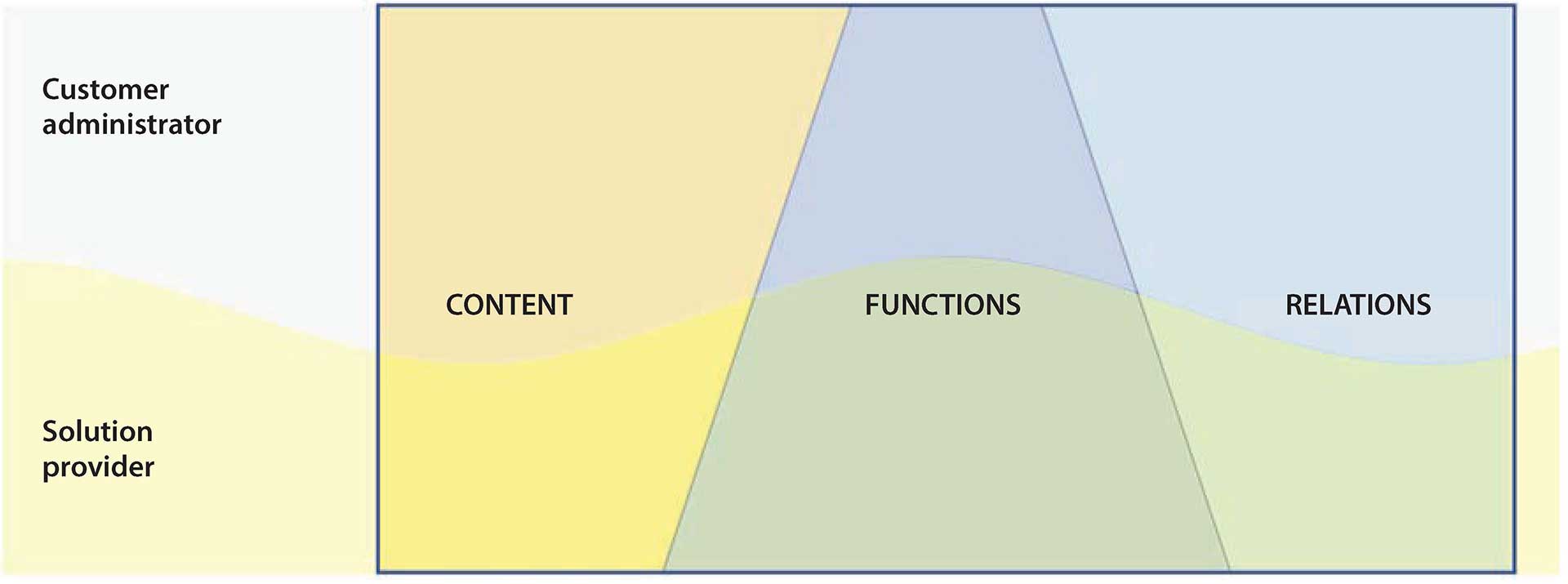
Figure 2. Cooperation with the customer.
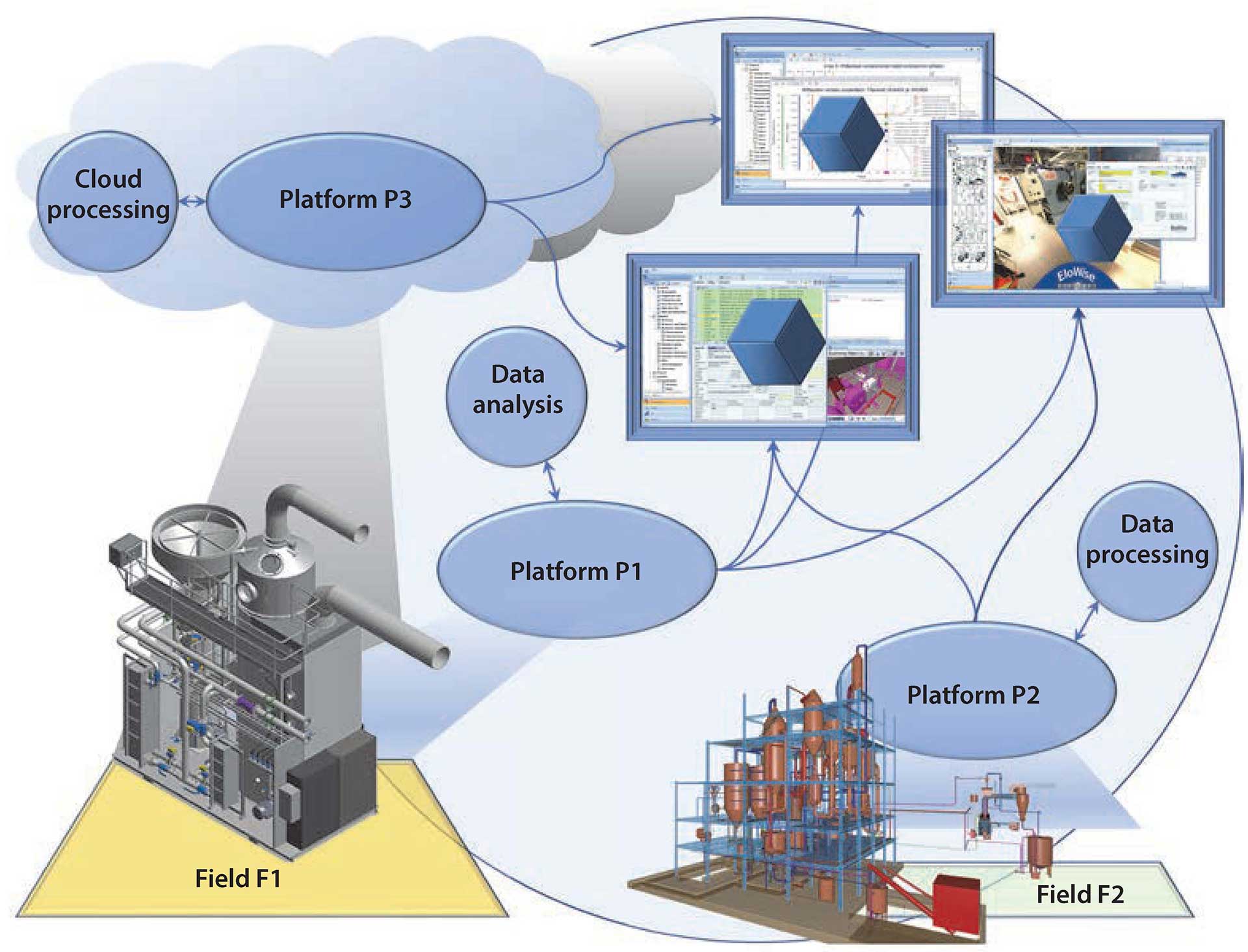
Figure 3. IOT – The connector of IT multiculturalism.
Impact of industrial IOT on MES application production
Today’s industrial production units have dozens of separate systems linked to production infrastructure that produce information for a specific task and use. The systems may be very discrete and independent, at least in terms of information utilisation, due to different vendor interests.
As the industrial IoT field becomes more diverse, a lot of information will become available from a variety of sources. This opens new opportunities for more refined information about production statuses, efficiency and productivity. There is a growing need to make all useful information accessible to data processing, both locally and in the cloud.
The prevailing trend has led to a situation where there are many thematic applications and system solutions on the market. Therefore, an increasing amount of aggregating and virtual platforms will be needed to structure data masses into real-world comparable models, to describe inter-relationships of data structures, and to determine the dynamics of data and data relationships. The key dimensions of the system are structures, relations, and functionality.
There are 4 levels of information processing. The knowledge layer includes the collection and storing of information. Understanding includes data analytics and the intelligence level can apply understanding. The wisdom level produces creative solutions and sustainable innovations.
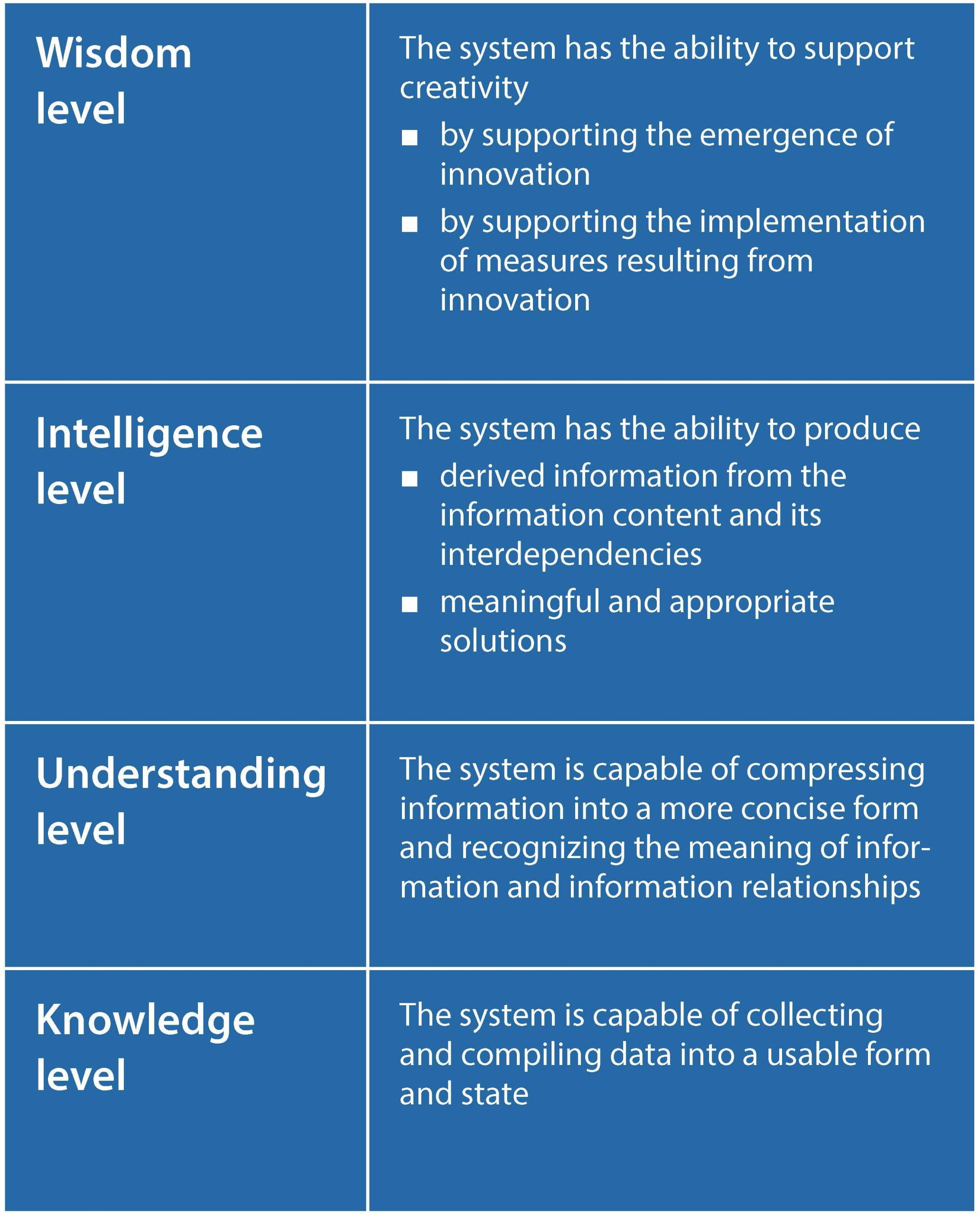
Table 1. Levels of information processing in data processing.
The actual data collection and storing of data into databases is already well advanced. The focus is now shifting from traditional data acquisition, data processing and reporting functions to computing and visualising smarter statistics, event correlations and predictions. The purpose of the indicators is to help in quickly identifying critical situations and change dynamics that are critical to achieving the goals. They are a summary of the knowledge level.
Analysing the interdependencies between events and property (attribute) values allows a better understanding of processes. The digital model enables intelligent operations that can be performed autonomously by the systems within given limits. The top-level mission is to help the developer and the decision maker to develop wisdom.
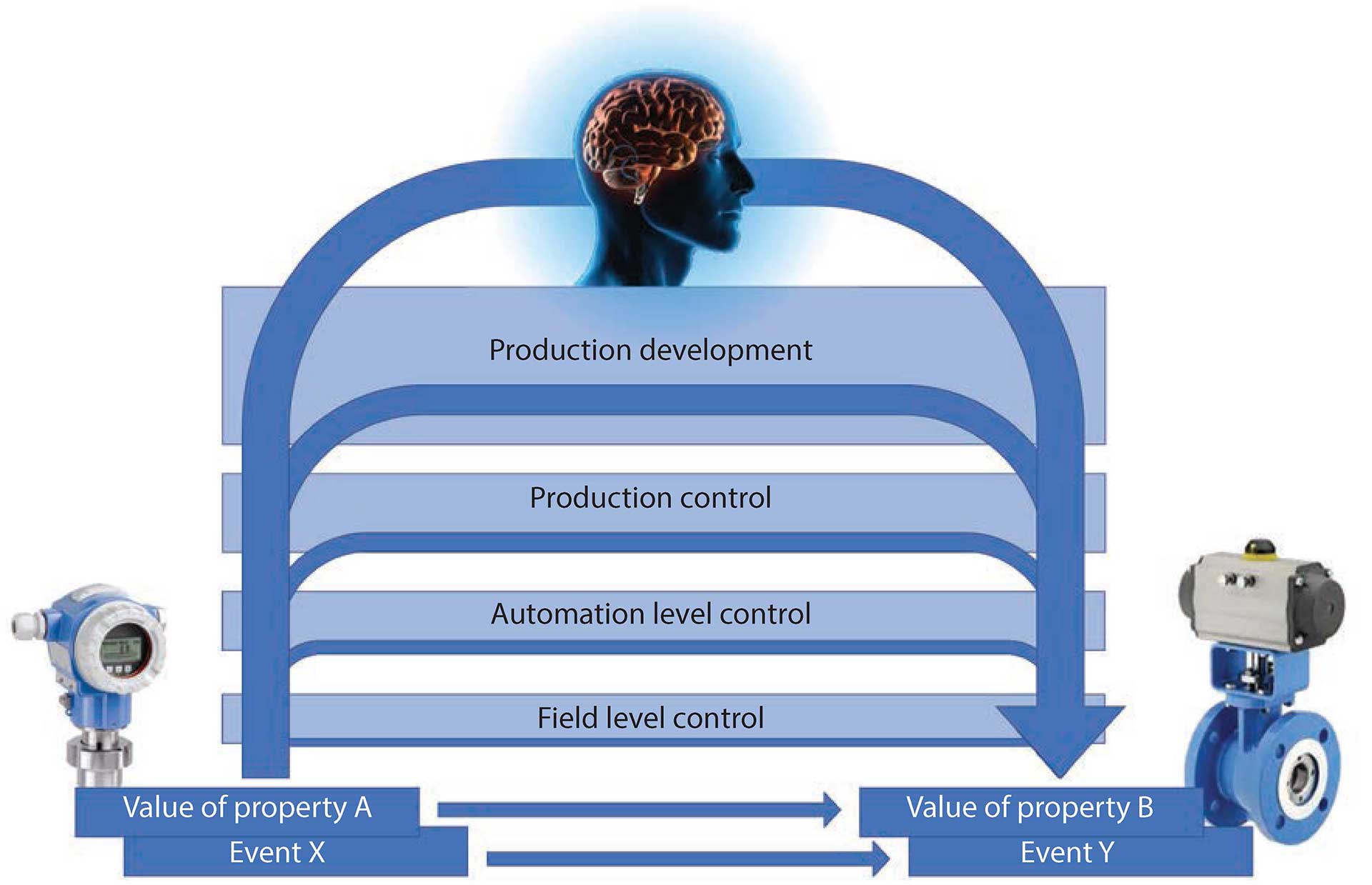
Figure 4. Levels of production management and control on MES level.
All intelligence itself is not wisdom. Intelligence is the ability to do the right things. Wisdom is the ability to do something well. At the highest level, the optimisation task entails developing, managing and steering production and business operations with consideration for external influencing factors.
The digital twin of a highly advanced production unit enables the system structure at all levels to include self-steering features. This means, for example, that alongside traditional production control, there is a meta-control level of production automation control that tunes the automation itself to work better with technologies such as Advanced Process Control or Multivariable Model Predictive Control.
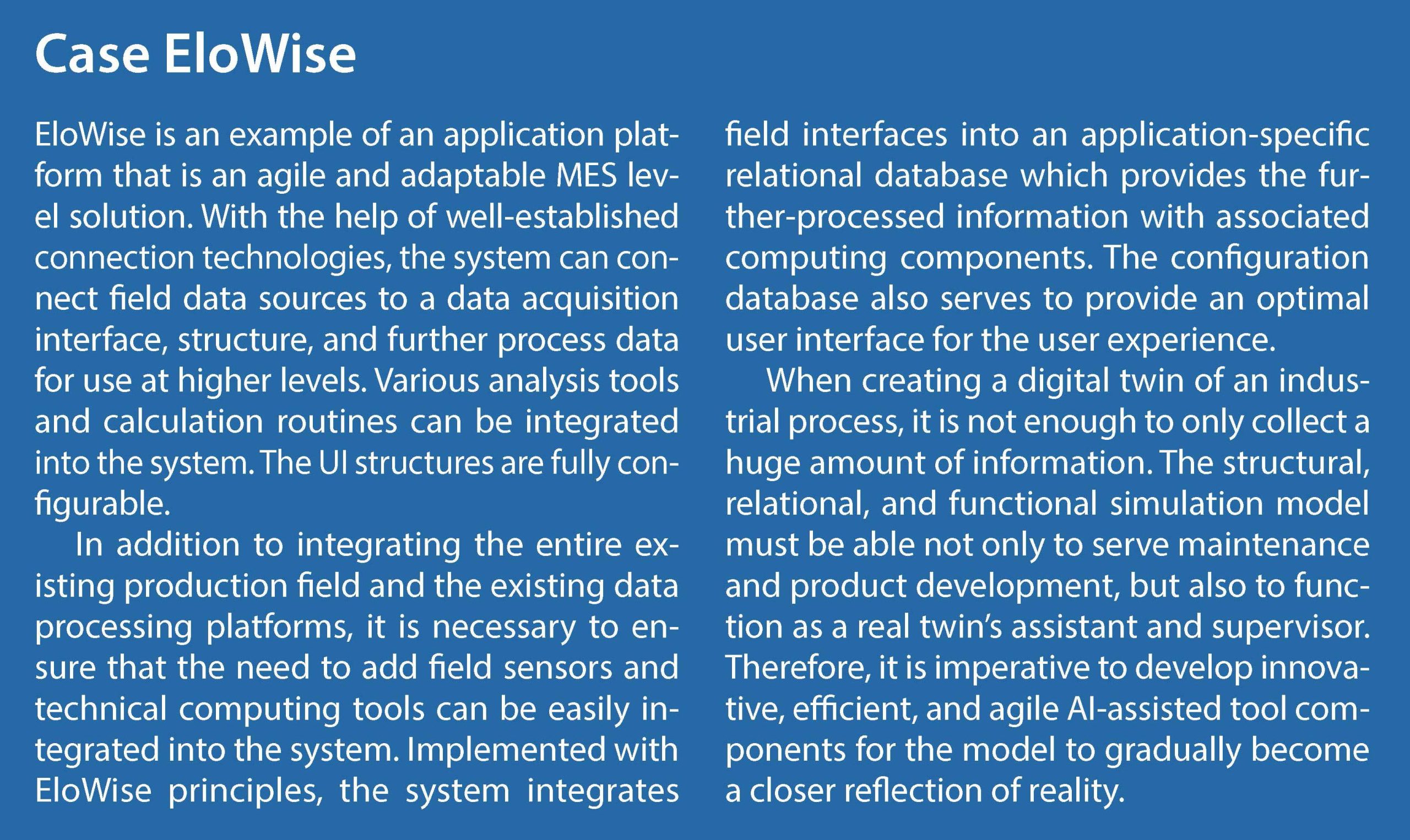
This article was first published in Elomatic’s Top Engineer magazine 2/2019

